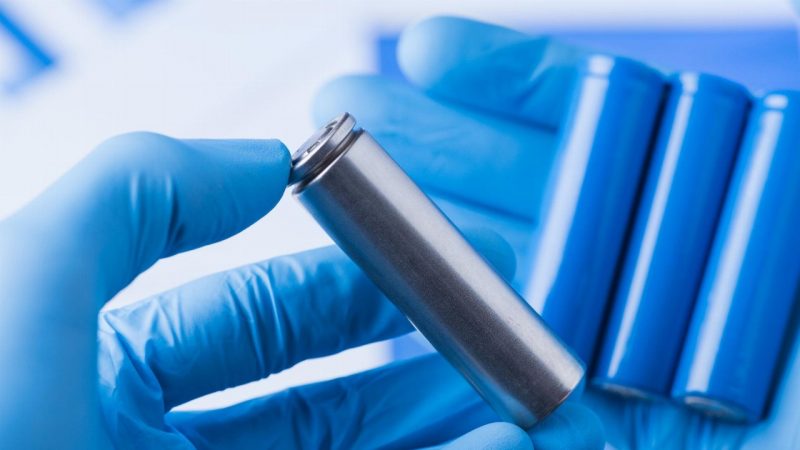- Strategic Elements (SOR) is one step closer to producing self-charging batteries after it successfully scaled up its battery ink
- The company made one litre of the battery fluid and found it produced at least 0.8 volts of energy every hour and recharged in three minutes
- Promisingly, Strategic says it reached this important milestone “rapidly and very early” in its development phase
- It’s working with the University of New South Wales to create self charging batteries that harvest energy from humidity
- If successful, it’s got major implications for the wearable tech and battery space — it could even challenge the mainstream lithium-ion batteries
- Now, SOR hopes to create a battery prototype to show-off the battery ink’s capabilities
- The news left investors impressed: Strategic shares are trading 12.1 per cent higher at 18.5 cents
Venture builder Strategic Elements (SOR) is one step closer to producing self-charging batteries after it successfully scaled up its battery ink.
The company launched into December by announcing it had made one litre of the unique fluid — enough, SOR claims, to produce 2000 self-charging battery cells.
Once it created the one-litre batch, SOR put it to the test by creating five battery ink cells. Promisingly, the test cells produced at least 0.8 volts per hour and recharged in just three minutes with no performance decay.
Now, Strategic’s production capacity has increased tenfold, and the company stressed this key milestone came “rapidly and very early” in the production process.
The ASX-lister has teamed up with the University of New South Wales to develop the technology in the hope it’ll lead to market-ready self-charging batteries in the future.
How do self charging batteries work?
Essentially, Strategic is trying to create an alternative to the mainstream lithium-ion battery. These cells can be flammable, and may not be environmentally-friendly.
Instead, Strategic hopes to develop wearable self-charging technology, powered by graphene oxide and recharged by humidity drawn from the air.
According to SOR, the graphene oxide (GO) component is key: graphene alone is costly to mass-produce, but GO is much cheaper and more readily available.
Basically, one battery ink cell hosts tens of thousands of GO nanosheets, able to harvest energy from moisture and heat. Because of this, Strategic’s self charging component could be incorporated into wearable tech, able to recharge devices thanks to the humidity of human skin.
The broader market
If the tech is commercialised, it could have huge implications for the electronic skin patch sector. This space covers a range of wearable tech which can be used to monitor crucial metrics like cardiovascular health.
In 2019, the industry generated US$10 billion (roughly A$14.4 billion at the time) in revenue. By 2030, it could be worth as much as US$40 billion.
More broadly, the self-charging battery tech could fit right into the Internet of Things (IoT) market — between 2009 and 2025, the global battery market for IoT is forecast to go from US$8.7 billion (approximately A$11.14 billion in 2009) in value to US$15.9 billion.
To capitalise on the opportunity, SOR wants to create a prototype battery pack — that’ll include multiple battery cells producing 3.7 volts of power. If all goes to plan, the company hopes to have this market-ready in January 2021.
The news has clearly left investors impressed: Strategic shares are trading 12.1 per cent higher at 18.5 cents at 12:45 pm AEDT.

